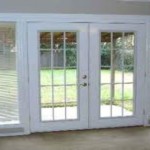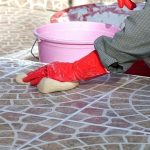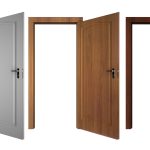Water damage restoration in Philadelphia is a series of steps that are taken to restore a home or commercial property after it has been damaged by water. Cleaning up after being subjected to water damage is a specialty service and as water damages different materials in different ways, there is a lot of skill required to perform the task correctly. In most communities, especially those that are prone to flooding you can usually find a company that specializes in water damage restoration.
When your home has been flooded there will be immediate damage to your furnishings, carpets and the building itself. Water, if it manages to permeate into the home by getting into the interior joists and other structural members will result in swelling and short term damage but the long term effects are worse; mold and mildew can eventually lead to problems that may not appear for years after the flood. Not only will the wood, drywall and other components of the structure be seriously damaged, it will eventually corrode the plumbing and wiring hidden behind the walls.
The first step when you are faced with water damage restoration in Philadelphia is the obvious; remove the visibly ruined materials such as carpeting and drywall. Removing sections of the under flooring and sections of the wall will let the restoration crew examine the hidden parts of the structure. While these parts of the home are exposed, proper evaluation can be made in the event there is a need for repair, otherwise the openings aid in drying the building out if things appear OK. If only slightly wet, the crew will bring in large fans and dehumidifiers, lowering the humidity and getting things dried up as quickly as possible because circulation of the air in the home is important to inhibit the growth of mold.
During water damage restoration in Philadelphia area it is important that the structural integrity of the house is preserved. The contractor will remove and replace any structural components such as joists, cross beams and floor joists that are no longer salvageable. Once the structure has been stabilized and the building has been thoroughly dried, the renovations can move forward with the replacement of the drywall and eventually new carpets.
What is of primary importance is that the building is perfectly dry, otherwise mold and mildew will set in and further repairs will be necessary.





